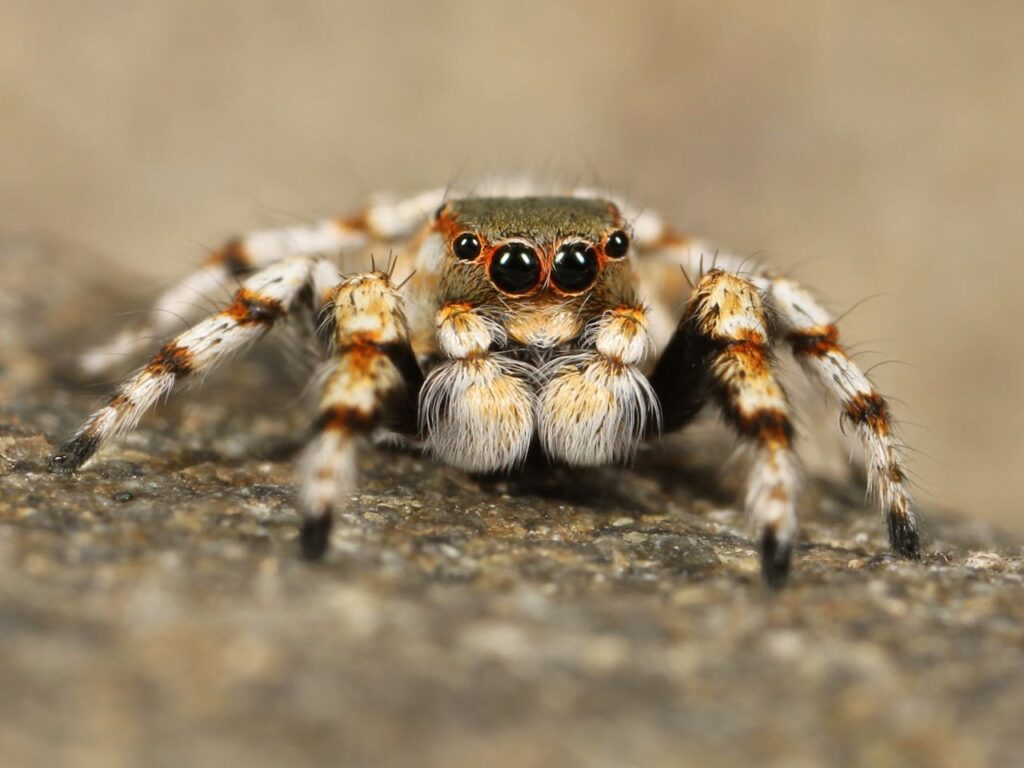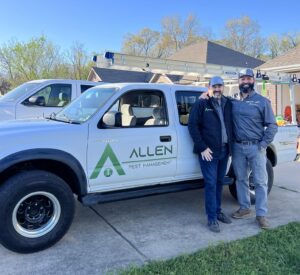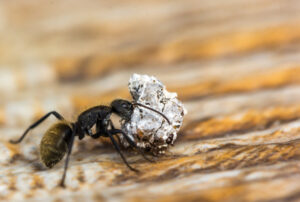Spiders are a common sight in Northwestern Arkansas, and while most are harmless, some can pose a severe threat to humans. Spider control begins with identifying potentially dangerous species. This guide will help you distinguish between venomous and non-venomous, ensuring you know when to seek professional spider management for your home or business.

The Basics of Spider Identification
Physical Characteristics to Observe
When trying to determine if a spider is venomous, pay attention to these key features:
- Body shape
- Leg structure
- Web patterns
- Color and markings
Body Shape
Venomous spiders often have a more robust body structure than their harmless counterparts. Look for:
- Bulbous abdomens
- Larger cephalothorax (the front part of the body)
- Overall stockier appearance
Leg Structure
While not a foolproof method, examining a spider’s legs can provide clues:
- Venomous spiders typically have thicker, shorter legs
- Non-venomous species often have longer, more delicate legs
Web Patterns
The structure of a spider’s web can be a telltale sign:
- Irregular, messy webs are often associated with venomous species like the brown recluse
- Non-venomous orb weavers usually create symmetrical, wheel-shaped webs
Color and Markings
Distinctive patterns or bright colors can indicate potential danger:
- Vivid red markings, like those on a black widow’s abdomen
- Violin-shaped patterns, characteristic of brown recluse spiders
Venomous Spiders in Northwestern Arkansas
Black Widow Spiders
Black widows are easily recognizable by their:
- Shiny black bodies
- Red hourglass shape on the underside of the abdomen
- Irregular, tangled webs
Brown Recluse Spiders
These spiders are known for their:
- Light to dark brown color
- Violin-shaped marking on the cephalothorax
- Six eyes are arranged in three pairs (most spiders have eight eyes)
Non-Venomous Spiders Common to the Region
While these spiders may look intimidating, they pose little threat to humans:
- Wolf Spiders
- Jumping Spiders
- Orb Weavers
- Cellar Spiders
Wolf Spiders
- Large, hairy appearance
- Excellent hunters that don’t rely on webs
- Often mistaken for tarantulas
Jumping Spiders
- Small, compact bodies
- Large front-facing eyes
- Capable of jumping impressive distances
Behavior and Habitat: Additional Clues for Spider Control
Understanding spider behavior and preferred habitats can aid in identification and control efforts:
Venomous Spider Behaviors
- Prefer dark, undisturbed areas
- More likely to be found in cluttered spaces
- Generally non-aggressive, but may bite when threatened
Non-Venomous Spider Behaviors
- Often build visible webs in open areas
- May be seen actively hunting during the day
- Typically flee when disturbed
When to Seek Professional Spider Control Services
If you need clarification on the spiders in your home or business, it’s best to consult experts.
Allen Pest NWA specializes in spider treatment and can help you:
- Accurately identify spider species
- Implement targeted removal strategies
- Prevent future infestations
Remember, while knowing how to identify venomous spiders is helpful, the safest approach is to treat all spiders with caution. If you’re dealing with a persistent spider problem or suspect the presence of venomous species, don’t hesitate to call professionals for spider removal.







